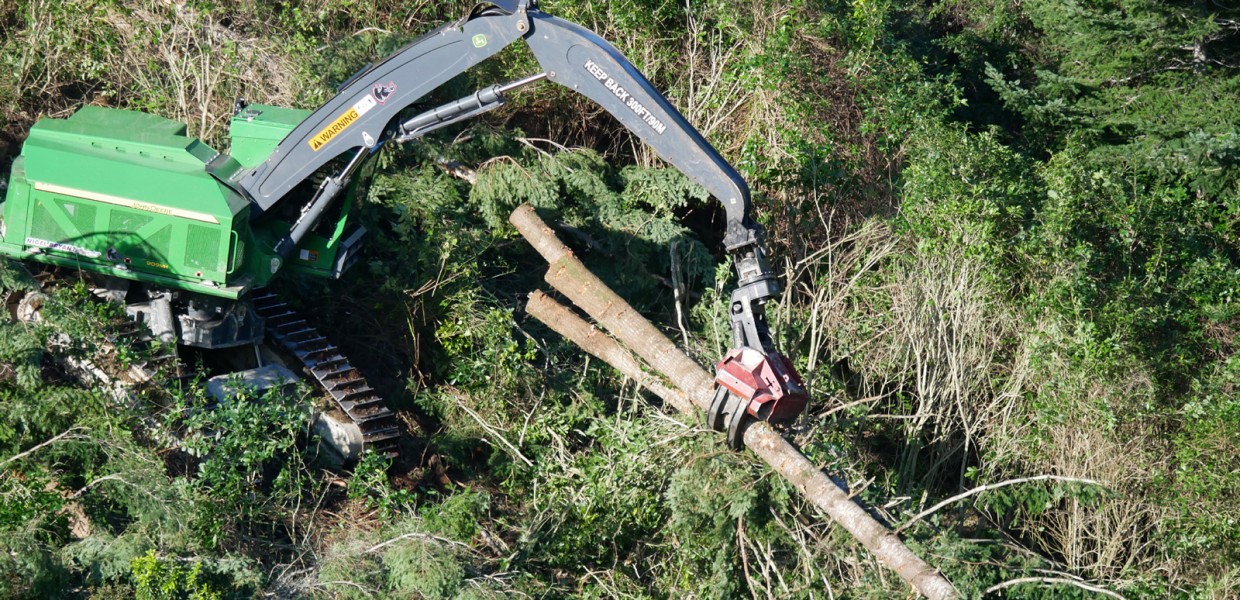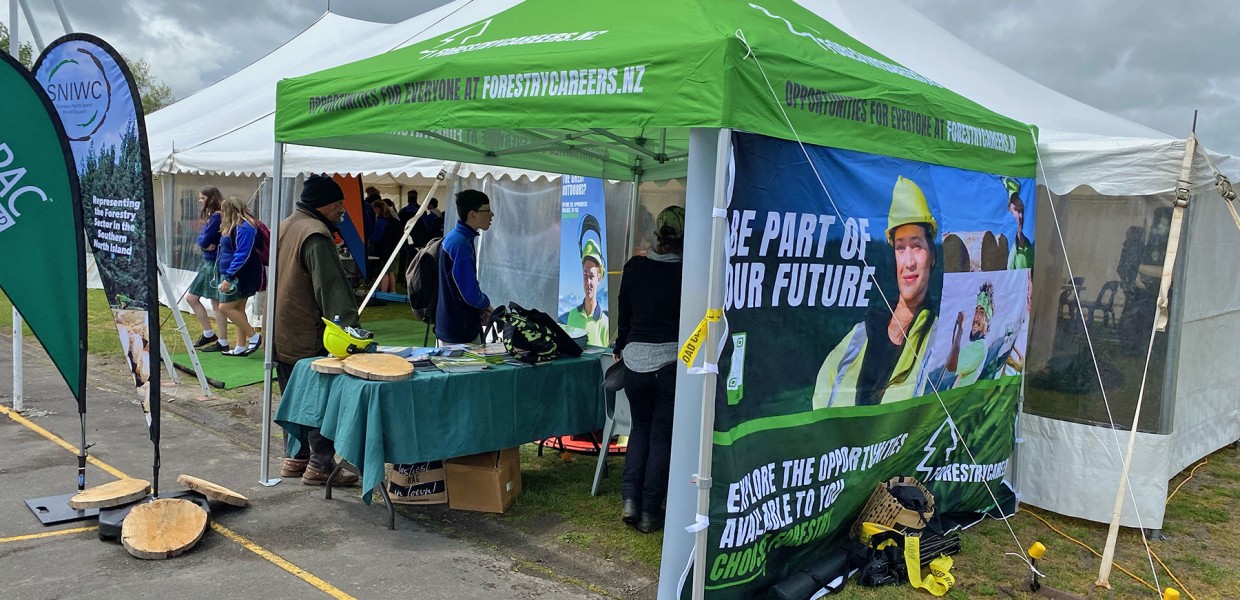04 June 2009
The engineered wood product Laminated Veneer Lumber (LVL) has a lower carbon footprint than steel and is cheaper to use, according to an independent environmental study by Scion. The study, commissioned by Carter Holt Harvey Woodproducts, compared the design of an 1800m2 warehouse made using LVL wood products with one constructed of steel. The research confirmed that the carbon footprint of LVL is only 56% that of steel.Analysis of pricing supplied by Carter Holt Harvey Woodproducts, confirms its LVL products also provides significant cost savings compared to steel. According to the company they have the strength characteristics required to replace steel in long-span systems such as warehouses, school gymnasiums and community halls. LVL is manufactured in New Zealand from sustainably grown Radiata pine and Carter Holt Harvey can supply FSC certification on request.
The study used the accepted ISO Life Cycle Assessment methodology to compare identical 1800m2 warehouses – one with an LVL Portal Frame, the other steel, both designed to bear the same loads. The research includes a full life cycle scenario (based on production data provided by CHH Woodproducts) including assumptions of landfilling for the LVL materials, and steel recycling.
“This study is extremely compelling,” says Bill Hayward, of Carter Holt Harvey Woodproducts.
“It is widely known that portal frames constructed from LVL have better fire resistance than unprotected steel, but now this independent study demonstrates that as well as costing less, LVL emits far less greenhouse gases in comparable applications.
“The fact that the study was conducted by Scion – an independent research body that has been at the forefront of this type of research in New Zealand – only adds to the validity and credibility of the result. The advantage of Scion using an internationally accepted method is that everything is counted, making it a true comparison. When you take the end of life scenario into account, using LVL in place of steel saves nearly half the amount of greenhouse gases emitted in the manufacture of equivalent new steel."
The results come on the back of previous New Zealand and international Life Cycle Assessment studies that demonstrate wood’s environmental attributes in different building situations.
The cost saving from using LVL products in place of steel in this type of building is significant – up to 9% in total costs can be saved when the completed structures are compared - and likely to grow as the cost of energy-intensive steel rises over time.
“Today steel prices are low as global demand is extremely weak. Once demand returns it is hard to see that steel prices won’t return to the giddy heights of 2007. With that in mind and the pressing need to find building systems that perform better environmentally, it is an added bonus that a mix of LVL products made out of New Zealand plantation pine will provide a cost saving for the building project too.”
Additional Information
Global Warming Potential of LVL vs Steel (Scion research)
By replacing a steel Portal Frame System with an LVL Portal Frame System containing the products hySPAN, hyJOIST, and hyCHORD in an 1800m2 warehouse, 20,763 kg CO2 equivalents are saved in emissions over the life cycle of the building (including the end of life phase).
At the end of the production phase the LVL products store 65,457 kg CO2 equivalents (retained in the wood) while the comparable steel materials have emitted 66,274 in CO2 equivalents into the atmosphere, giving a combined difference of over 130 tonnes.
The Scion research is a simplified LCA study which follows the principles of ISO 14040. The methodology used has not been peer reviewed - one requirement of ISO14040. The results are based on a number of assumptions.
The research organisation that undertook the study used a neutral, scientific approach without endorsement of any product.
Life Cycle Assessment
Life Cycle Assessment (LCA) is an analytical tool for the evaluation of the environmental impacts of a product, process or service system through all stages of its life. It extends from extraction and processing of raw materials through to manufacture, delivery, and use, and finally on to waste management. This is often referred to as “cradle to grave”.
LCA can be used for product improvement and design by identifying environmental hotspots in production processes, or upstream or downstream processes, such as the type of energy used in the production process, additives used in the product or in the use phase of a product.
LCA results can also be used as part of an environmental management system for continuous improvement or for providing information for eco-labelling or environmental rating schemes.
New Zealand Life Cycle Assessment Studies
Scion’s Exemplar House: New Zealand LCA shows that a wood predominant house is the lowest environmental impact option.
International Life Cycle Assessment Studies
Canadian Wood Council (2004), Energy and the Environment in Residential Construction.CORRIM (Consortium for Research on Renewable Industrial Materials) USA (2006), The Environmental Performance of Renewable Building Materials in the Context of Residential Construction.
Source: Carter Holt Harvey Woodproducts media release






